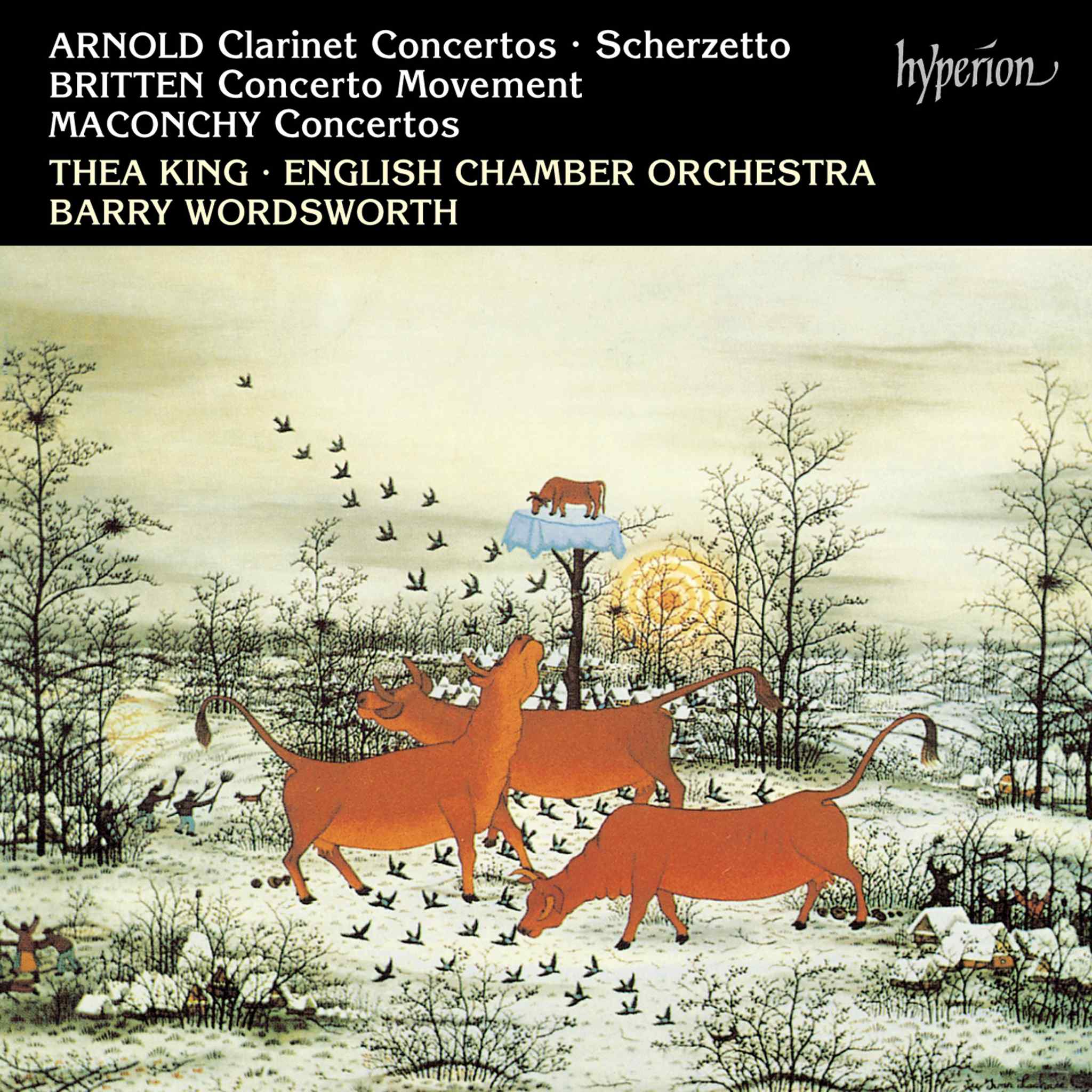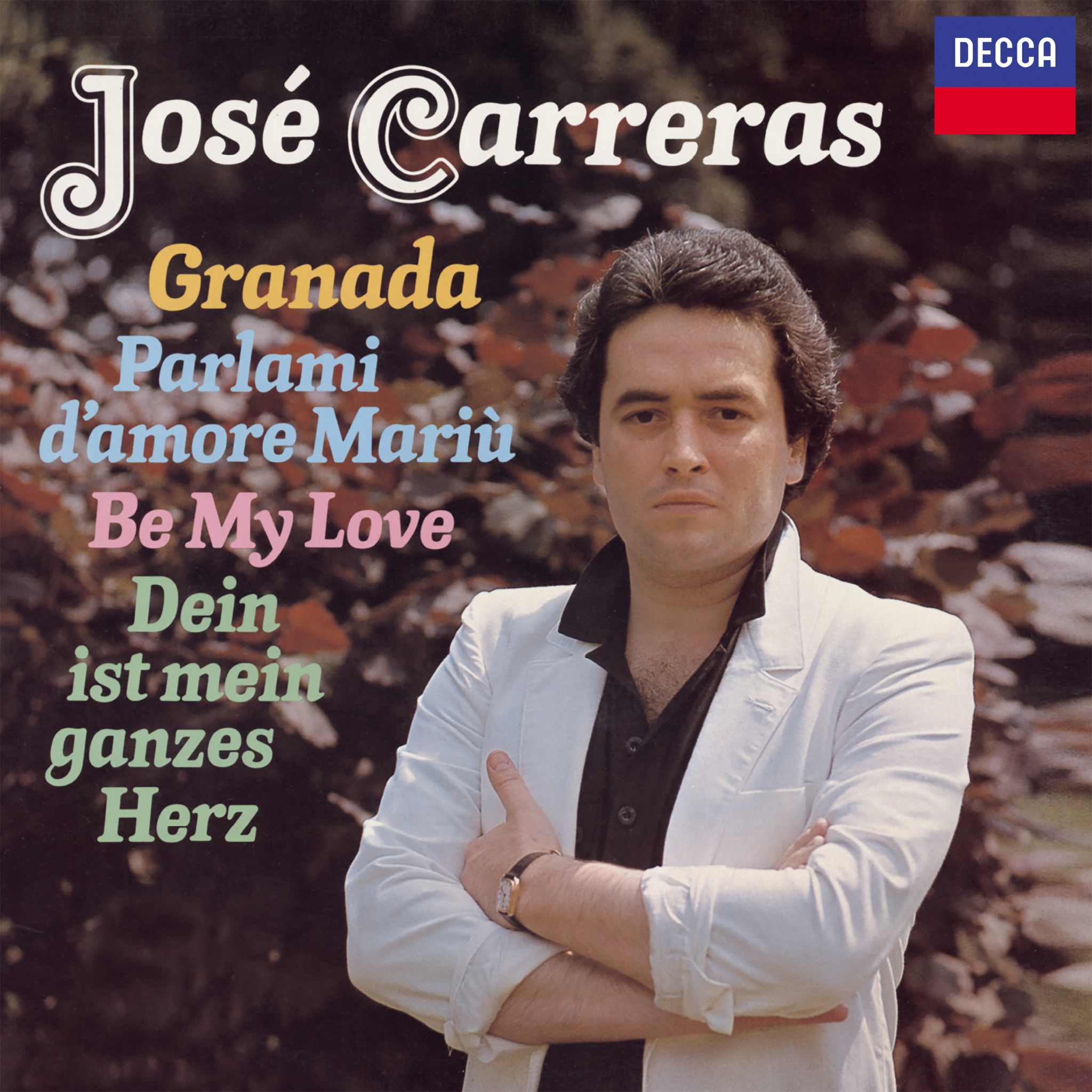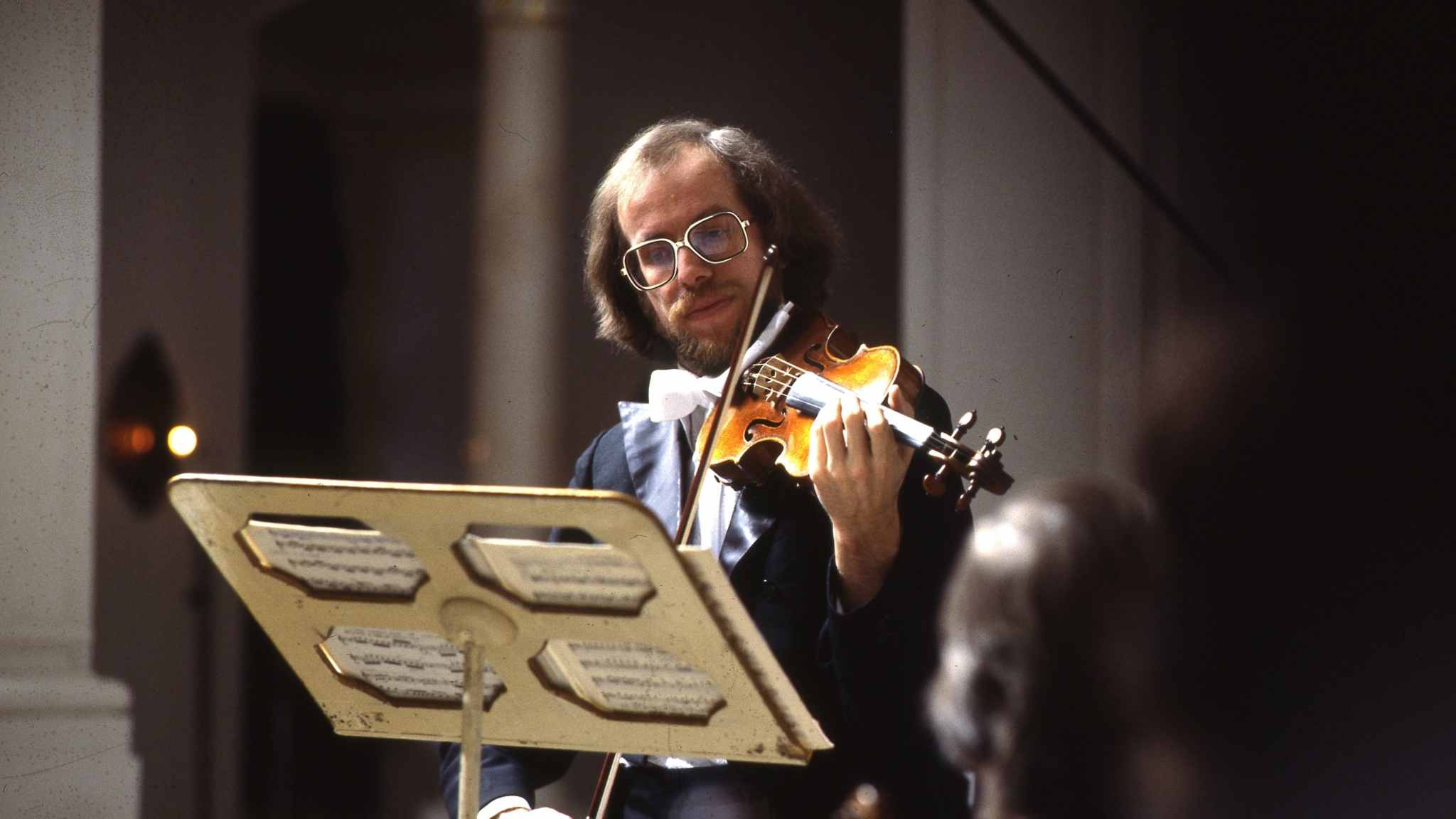Album insights
The golden era of the grand Romantic piano concerto flourished in the second half of the 19th and early 20th centuries, followed by a gradual decline, all during the lifetime of Franz Xaver Scharwenka (1850 to 1924). Sadly, only a handful of the hundreds of works composed during those years are regularly featured in concert programs today. The neglect of these works seems increasingly unjust as one delves into their music, revealing great compositional skill, captivating melodies, and charm that captivates listeners. Xaver Scharwenka's four piano concertos serve as prime examples of this genre, offering a refreshing touch that modern audiences would welcome at concert halls.
Born in a region that later became part of Poland after WWI, Xaver Scharwenka received his musical education in Berlin from 1865 onward at Theodor Kullak's New Academy of Music. His Polish roots left a lasting impression, although Berlin remained his spiritual home. Influenced greatly by Schumann's music and acquainted with Chopin's works, Scharwenka's compositions found early success and acclaim, particularly his Polish national dance series opus 3.
Joining the academy's faculty in 1868 and making a notable debut as a pianist in Berlin in the following year, Scharwenka quickly rose to fame with his compositions published by the renowned German publisher Breitkopf & Härtel. His First Piano Concerto in B minor, op. 32, received high praise upon its premiere in 1877 and was swiftly embraced by leading pianists, setting the stage for greater successes in his career.
Subsequently, his Second Piano Concerto in C minor, op. 56, showcased a blend of classical Sonata form and the musical language of the late 19th century, receiving mixed reviews that highlighted its finesse, clarity, and balance between soloist and orchestra. This conservative yet innovative approach mirrored influences from Chopin and Hummel while emphasizing Scharwenka's unique style and musical prowess.
The concerto's three movements each present distinct challenges and opportunities for the soloist, reflecting Scharwenka's technical proficiency and artistic judgement. From the vigorous Allegro to the Chopin-inspired Adagio and the folk-infused Allegro non troppo, each movement harmoniously melds virtuosity with melodic richness, culminating in a brilliant finale in C major.
Nearly two decades later, Scharwenka unveiled his Third Piano Concerto in C-sharp minor, op. 80, that notably emphasized a unified blend between piano and orchestra, adopting Liszt's cyclical form styles while staying true to his Polish heritage throughout the composition. This symphonically powerful opus showcased Scharwenka's evolution as a composer, garnering acclaim for its thematic richness and musical depth, further solidifying his place in the annals of piano concerto history.
Amidst his professional milestones, Scharwenka's entrepreneurial spirit led him to establish conservatories in Berlin (1881) and New York (1891), expanding his influence both in Europe and the United States. His return to Germany in 1898 marked a pivotal transition in his career, celebrated with the successful premiere of his Third Piano Concerto in early 1899, affirming his stature as a prominent composer and virtuoso pianist of his time.










